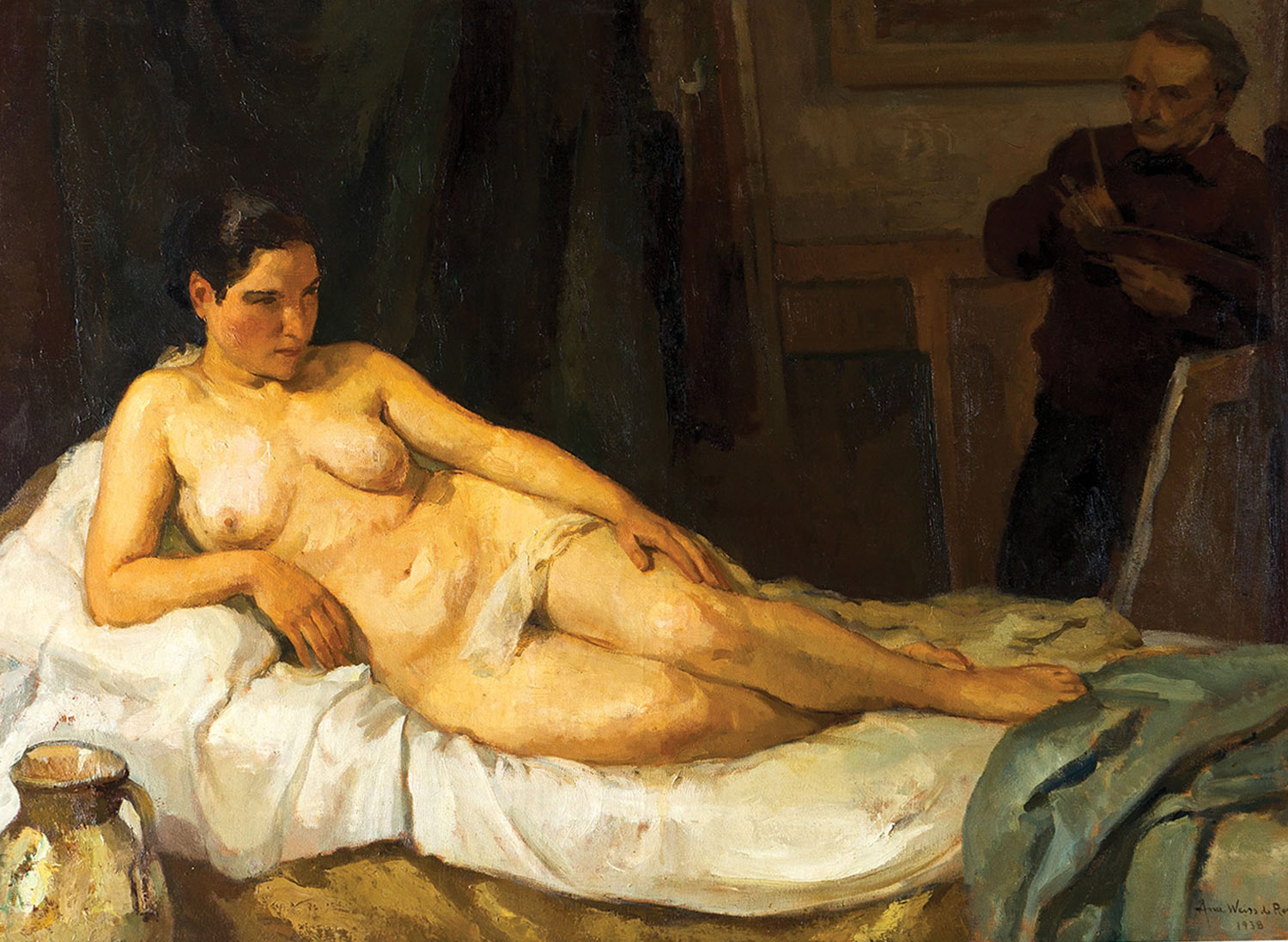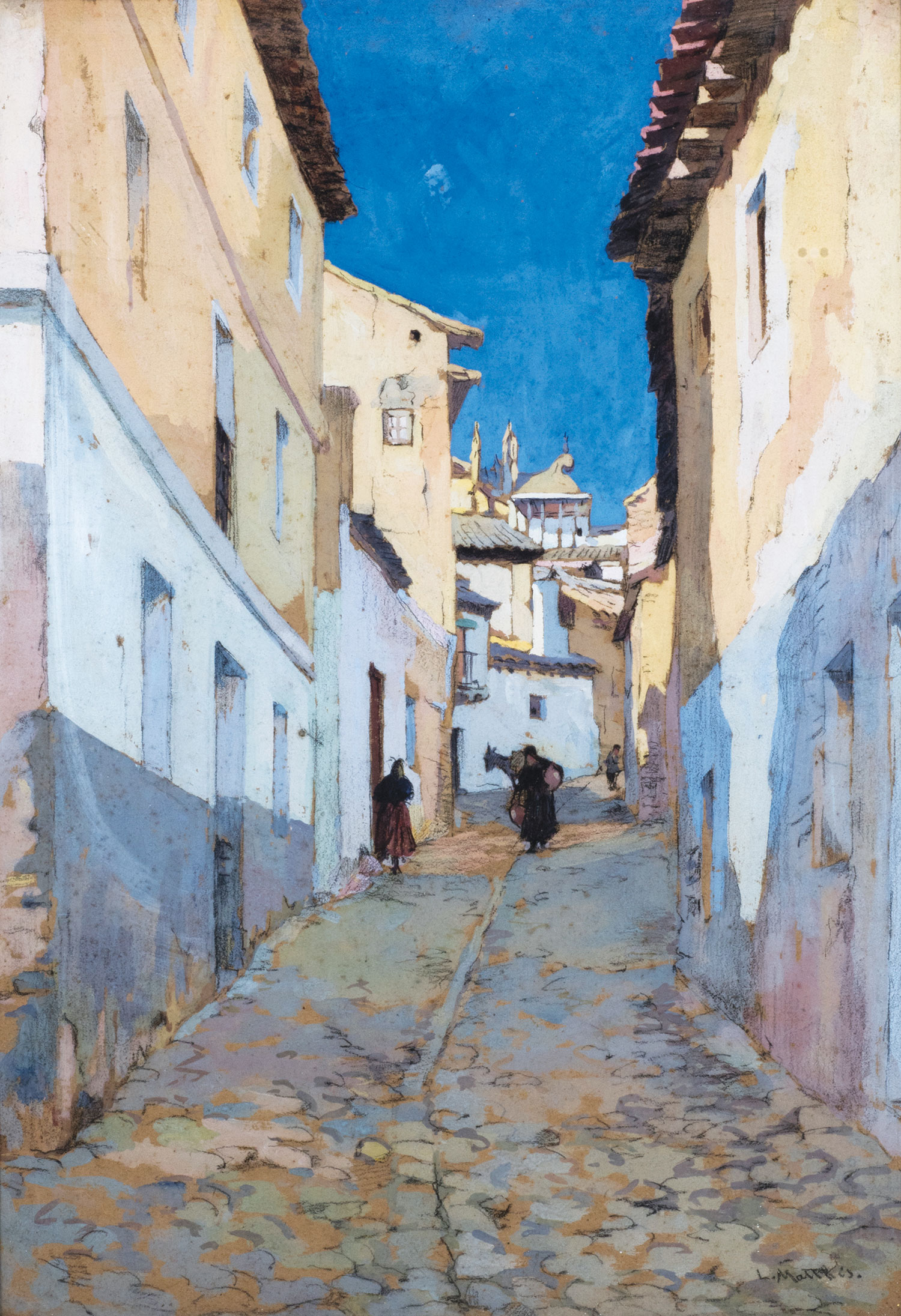Argentinian art
A vast panorama of Argentinean art, including works by its greatest representatives
Browse collection ›More information
From March 25, 2021 to Nov. 7, 2021
Room 37-40 / First Floor
80 works on display
Curator: Georgina Gluzman
Download press kit
The canon is not the natural result of assessment of quality, but rather an arbitrary selection of model artists. It is the product of decisions grounded in a patriarchal conception of culture that systematically excludes women creators. The very conception of the canon and its members has been questioned by feminist criticism of art history. The canon is not indisputable. It is, rather, political and shifting—even capricious. In a word, accidental.
“El canon accidental” presents a wide selection of works produced by women artists in Argentina from the late nineteenth to the mid-twentieth century. By making visible their careers, which often included consecration at different venues, the exhibition sets out to examine the paths explored by women as they searched for an artistic identity and a way to make a living. “El canon accidental” includes works by artists at the margins of art history and by others almost entirely unknown today, though they earned the admiration of their contemporaries. They all went from being at the center of the art scene to being, at best, just footnotes to art history.
The “women artists” category has been the topic of debate for decades—and with good reason. It is often said that art knows no gender. Be that as it may, specific artistic practices and aesthetic choices have been inextricably linked to the gender of creators, whether as a limitation or as a possibility. Starting in the late nineteenth century, women made their way into the labor market, universities, politics, and art. The second half of the last century brought new and unexpected challenges to women, whether or not they were artists. But that’s another story.
This exhibition, the first of its kind to be held at the Museo Nacional de Bellas Artes, questions accepted narratives by resituating women artists in the Museum space.
Georgina G. Gluzman
Curator
Written off as odd, mad, eccentric, or—at best—ladies of leisure just pursuing a hobby, some of them with illustrious last names that proffered a degree of license to create, Argentine women artists have largely been ignored and invisibilized not only by their contemporaries but also by art history.
Mentioned only on the margins of the dominant canon—the androcentric, classist, white canon centered on the city of Buenos Aires—their experience was diminished and they themselves reduced to, at most, a logic of quotas; their talent has always been underestimated either directly or indirectly. Women artists have been slighted by our society’s patriarchal tradition.
Women in art history have mostly been the object of the male gaze. Gradually, though, their presence has become more visible thanks not only to their persistence but, indeed mostly, to the quality of their works.
The selection that Georgina Gluzman puts forth in “El canon accidental” attests to the gradual emergence of women artists during a period that witnessed major struggles for women’s rights. The period of just over half a century that the exhibition explores (1890-1950) saw the birth of the first feminist movements, which grew to reach different social groups and eventually win women full rights as citizens, opening up a new panorama.
Art was not and could not be immune to those processes. The question of gender is at present a central concern not only in Argentina, but throughout the region and world. The time has come to reflect on and become fully aware of the role women have played in Argentine art history, and to problematize that history.
At the Museo Nacional de Bellas Artes, we attempt to provide a space of constant interrogation of the connection between art and society. In the case of this show, we direct our attention to the moment when the female gaze was constituted in local art.
Just as the arts question the commonsense of a time, jarring its previously unquestioned certainties, the movement of history casts new light on how we understand art’s formation. At stake in this exhibition’s very conception is determination to cast doubt on the canon, on the history—accepted uncritically—of a period central to the development of the arts. We must be grounded in a tradition, regardless of how buried or marginalized it may be, in order to reflect on the legacies to be restored for the sake of a movement so powerful and unstoppable that it has given rise to a palpable change in how we see the world.
Andrés Duprat
Director
Museo Nacional de Bellas Artes













A vast panorama of Argentinean art, including works by its greatest representatives
Browse collection ›Get to know the great works on exhibit, and more
Browse collection ›